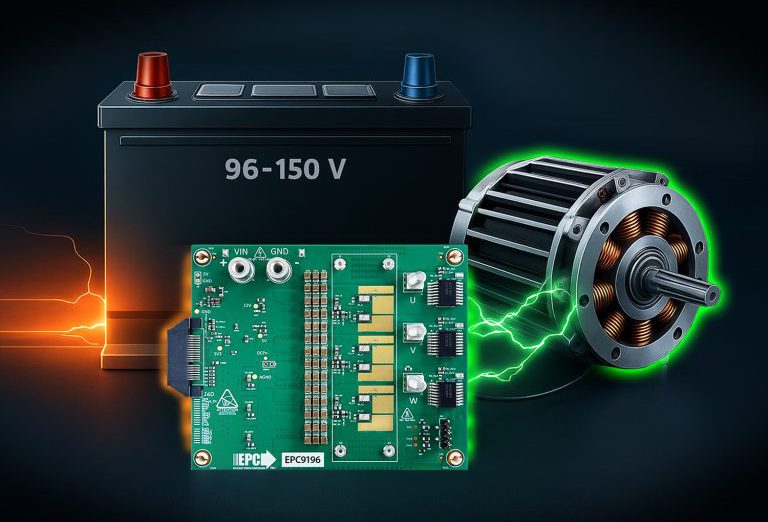A new study from DOE’s Argonne National Laboratory seeks to identify the reasons that DC fast charging accelerates battery degradation. The researchers gained some new insights into a process that can cause damage to the anode during charging and discharging.
A paper based on the study, “Increased disorder at graphite particle edges revealed by multilength scale characterization of anodes from fast charged lithium-ion cells,” appears in the Journal of the Electrochemical Society.
A typical Li-ion battery anode contains small particles of graphite, into which lithium ions insert themselves in a process called intercalation. When a battery is charged too quickly, intercalation tends to become irregular. Instead of smoothly sliding into the graphite, the lithium ions cluster on top of the anode’s surface—an effect called plating, which can degrade the battery.
“Plating is one of the main causes of impaired battery performance during fast charging,” said Argonne battery scientist Daniel Abraham, an author of the study. “As we charged the battery quickly, we found that in addition to the plating on the anode surface, there was a buildup of reaction products inside the electrode pores.” As a result, the anode itself undergoes some degree of irreversible expansion.
Using a technique called scanning electron nanodiffraction, Abraham and his colleagues observed another notable change to the graphite particles. At the atomic level, the lattice of graphite atoms at the particle edges becomes distorted because of the repeated fast charging, hindering the intercalation process. “What we see is that the atomic network in the graphite becomes warped, and this prevents lithium ions from finding their ‘home’ inside the particles—instead, they plate on the particles,” said Abraham.
“The faster we charge, the more atomically disordered the anode will become, which will ultimately prevent the lithium ions from being able to move back and forth,” Abraham said. “The key is to find ways to either prevent this loss of organization or to somehow modify the graphite particles so that the lithium ions can intercalate more efficiently.”
Source: CleanTechnica


















































































